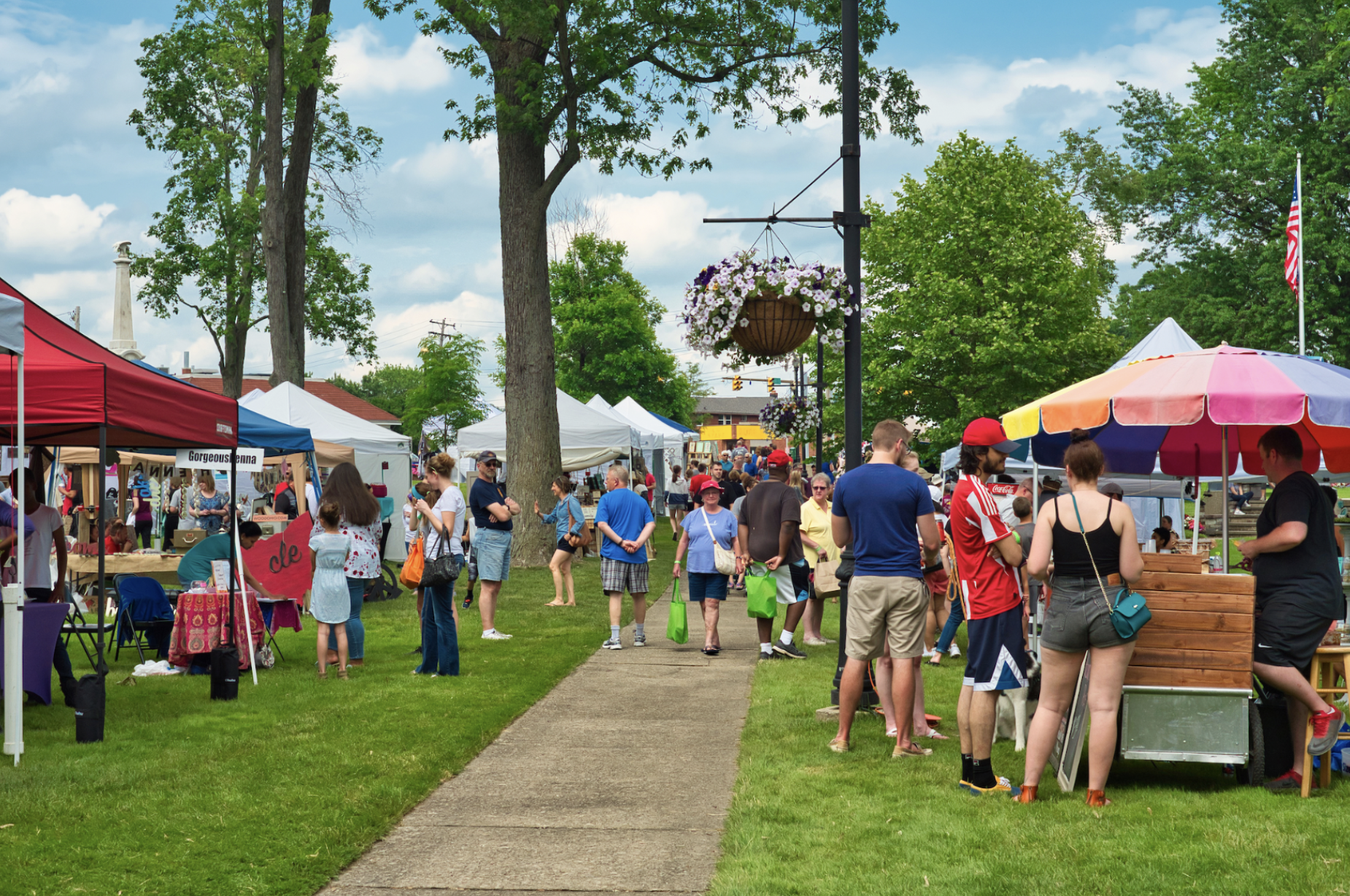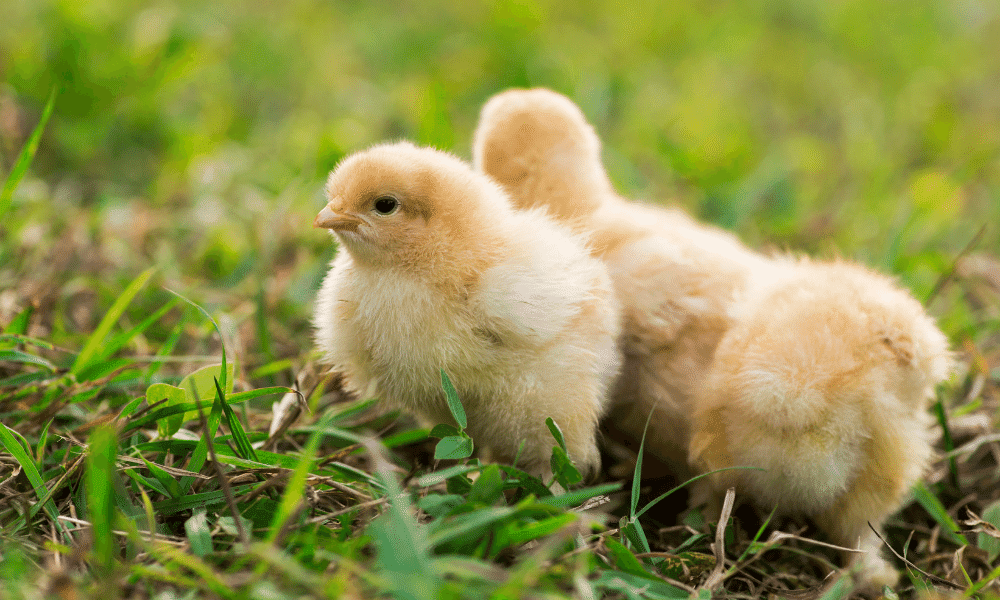Chicken Molting: A Complete Guide to Caring for and Understanding Your Molting Chickens
Dive into the transformative world of chicken molting with our comprehensive guide! Beyond their roles in providing eggs and meat, chickens capture our hearts with their unique personalities and companionship. However, the molting process can present many questions and challenges for chicken keepers. Through this guide, we’ll explore every aspect of molting — from its causes and seasons to the critical care and nutrition needed. Unlock the secrets to supporting your chickens through this natural yet crucial phase of their lives.
What is Chicken Molting?
Do I have a sick chicken or is this chicken molting? Molting is a natural process in which chickens shed their old feathers and grow new ones. It is a vital part of their growth and development, allowing them to maintain healthy plumage and adapt to changing seasons. During molting, chickens may appear scruffy, with patchy feathers and bare spots. This can be a cause for concern for new chicken keepers, but rest assured, molting is a normal and necessary process.
Why Do Chickens Molt?
Feather Maintenance
Feathers play a crucial role in a chicken's life. They provide insulation, protect against the elements, and aid in flight (for certain breeds). Over time, feathers become worn out, damaged, or lose their insulating properties. Molting allows chickens to shed these old feathers and replace them with fresh, healthy ones.
Seasonal Adaptation
Chickens molt primarily in response to changes in daylight hours. As the days grow shorter and temperatures drop, chickens prepare for the winter season by shedding their old feathers and growing new ones. This process helps them adjust to the colder weather and maintain optimal body temperature.
When Do Chickens Molt?
The timing of a chicken molt can vary depending on several factors, including breed, age, and environmental conditions. However, there are some general patterns to be aware of.
Fall Molting
Most chickens undergo a molt in the late summer or early fall. This is known as the "fall molt" and is triggered by the decreasing daylight hours. Chickens typically molt once a year, although some breeds may experience a partial molt or multiple molts throughout the year.
Molting in Young Chickens
Young chickens, especially those hatched in the spring, may experience their first molt at around 4 to 6 months of age. This molt is often less intense than the adult molts and helps them transition into their adult plumage.
Molting in Older Chickens
As chickens age, their molting patterns may change. Some older hens may experience a more prolonged and intense molt, while others may molt less frequently. It's important to provide proper nutrition and care during this time to support their feather regrowth.
How Long Do Chickens Molt?
The duration of chickens molting can vary depending on several factors, including breed, age, and individual chicken's health. On average, the molting process can last anywhere from a few weeks to a couple of months. However, it's important to note that molting is not a continuous process throughout this entire period. Chickens typically go through different stages of molting, with some feathers being shed and regrown at different times. Environmental factors and the overall health of the chicken can also influence the length of molting. Providing proper nutrition, a stress-free environment, and adequate care can help support the molting process and ensure that chickens transition smoothly into their new plumage.
Marketplace
You might also be interested in...

Shop for chickens, livestock or other farm goods

About Farm Expo Events

Sell Your Chicks and Eggs
Signs and Symptoms of Molting
Feather Loss
Is your chicken losing feathers? This could be molting! The most obvious sign of molting is chicken feather loss. Chickens may have patchy or bare areas on their bodies as they shed their old feathers. This can be more pronounced in some breeds than others.
Reduced Egg Production
During molting, chickens redirect their energy towards feather regrowth, which can temporarily decrease egg production. It's not uncommon for hens to stop laying eggs altogether or lay fewer eggs during this time. Once the molt is complete, egg production usually resumes.
Changes in Behavior
Molting can be physically and emotionally taxing for chickens. They may appear lethargic, spend more time preening, or exhibit changes in appetite. Providing a stress-free environment and a balanced diet can help support them through this process.
Supporting Molting Chickens with Optimal Nutrition
Feathers are primarily made of protein, so it's crucial to provide a high-quality, balanced diet during molting. Ensure your chickens have access to a protein-rich feed, such as a layer feed supplemented with additional protein sources like mealworms or black soldier fly larvae.
One product offered by Flock Pro by Animal Health that aids in chicken molting is "Hen Boost." Hen Boost is specifically formulated to support overall health, especially during stressful periods such as heat spells or molting. It contains a combination of vitamins and electrolytes that help balance the nutritional needs of chickens during these challenging times.
Benefits of Using Flock Pro Hen Boost for Chickens Molting
Nutritional Balance: Hen Boost provides essential vitamins and electrolytes that support the overall health of chickens during molting. This helps ensure that they receive the necessary nutrients to maintain their well-being and promote healthy feather regrowth.
Improved Feather Regrowth
The balanced nutrition provided by Hen Boost supports the regrowth of feathers during molting. Feathers are primarily made of protein, and Hen Boost helps ensure that chickens have an adequate protein intake to support healthy feather development.
Feather Conditioning
To support feather regrowth, consider adding supplements like poultry-specific vitamins and minerals to their diet. These supplements can provide the necessary nutrients for healthy feather development.
Hard Molt vs Soft Molt: What's the difference?
Molting in chickens is a natural, cyclical process in which chickens shed old feathers and regrow new ones to maintain their feather health and insulation. This process can vary greatly among individuals, manifesting in two primary forms: hard molt and soft molt. Understanding these molting types, along with the associated signs like a balding chicken, is essential for poultry keepers to provide the best care during these periods.
Hard Molt
A hard molt is an intense form of molting where chickens lose a significant amount of feathers in a short period, leading to extensive bald patches. This can be quite alarming to observe, as a hard molting chicken may appear almost entirely featherless. The advantage of hard molt is that it is relatively quick, allowing chickens to replace their feathers and resume egg production sooner. During a hard molt, chickens often require extra protein and may benefit from chicken molting supplements to support the rapid regrowth of feathers.
Soft Molt
Soft molt, on the other hand, is a more gradual process. Chickens undergoing a soft molt will slowly shed and replace feathers, which might not be as noticeable as the dramatic feather loss seen in hard molting chickens. This method is less stressful on the bird's body, but it does mean that the molting process, and consequently the pause in egg production, lasts longer. During this time, you might observe chickens losing feathers or find small, new pin feathers growing in, indicating feather regrowth.
Chicken Hard Molt Explained
Delving deeper into the fascinating phenomenon of hard molt, sometimes referred to as heavy molt, we encounter a particularly demanding period in a chicken's life. During this phase, molting chickens undergo a more severe form of molting, shedding an astonishing volume of feathers. The result is a dramatic transformation in their appearance. Unlike the more gradual feather loss observed in soft molting, hard molting chickens can exhibit extensive bald patches, making a balding chicken or even a bald chicken a common sight. This remarkable feather loss is more pronounced than a typical molt, emphasizing the intensity of a hard molt.
A hard molt is usually a significant milestone in a chicken's life, representing the shift from juvenile to adult feathers or a response to changes within their hormonal landscape. External factors such as environmental stressors, insufficient nutrition, or fluctuating environmental conditions can exacerbate this process, triggering an even more severe molt. During this challenging period, hard molt chickens may exhibit signs of distress, such as a noticeable decrease in egg production or a complete halt in laying. This indicates that the chicken's energy and resources are being redirected towards feather regeneration. Additionally, a hard molt chicken might appear lethargic, spend more time preening to alleviate discomfort from emerging pin feathers, and experience fluctuating appetite levels.
The duration of hard molt can be extensive, often lasting several months, in contrast to the shorter duration of a soft molt. To support chickens during this arduous phase, it is crucial to provide a balanced diet rich in proteins and essential nutrients. This facilitates healthy and swift regrowth of feathers. Creating a calm and stress-free environment, coupled with providing optimal living conditions such as adequate housing and ventilation, also plays a vital role. These measures not only alleviate the discomfort associated with hard molt but also enhance the overall health of the chicken, enabling them to emerge from this phase with a vibrant, new plumage.
It is important to recognize that hard molt is a natural aspect of a chicken's life cycle. Although it may initially seem alarming due to the significant feather loss and potential decrease in egg production, it is an intense yet perfectly normal process. With attentive care, nutritional support, and an understanding of the demands of this period, chickens can successfully navigate through hard molt. Eventually, they will restore their plumage and resume their regular activities, including egg-laying.
Whether a chicken is molting during the winter or at the height of the molting season, understanding the intricacies of hard molt and providing compassionate care can make a significant difference in the health and happiness of molting chickens.
Flock Pro Hen Boost: Chicken Molting Supplement
Flock Pro's Hen Boost is a remarkable product that provides essential support to poultry during the challenging period of chicken molting. Specifically designed to assist chickens through the intensive process of a hard molt, this chicken molting supplement is carefully crafted with a variety of vital ingredients. Its goal is to boost feather regrowth and enhance the overall health and vitality of molting chickens.
The Hen Boost formula is a testament to understanding the complex needs of chickens losing feathers, especially those going through a hard molt. It's not uncommon to see chickens with bald patches or even completely bald chickens during this time. That's why the formula includes potent vitamins like Vitamin A, Vitamin D3, and Vitamin E, each playing a crucial role in the molt cycle.
Vitamin A
Vitamin A is instrumental in promoting the growth of new, strong feathers, which is essential for chickens experiencing feather loss. Vitamin D3 enhances calcium absorption, a critical element for the development of resilient feathers – a common concern during chicken molting. Vitamin E, with its antioxidant properties, protects the chickens' cells, supporting them on their journey towards renewal.
Electrolytes
Recognizing the increased stress and potential dehydration that molting chickens face, Hen Boost also contains essential electrolytes such as sodium, potassium, and magnesium. These electrolytes help rehydrate and replenish the chickens, ensuring optimal muscle function and overall well-being during the molting process.
Amino Acids
Feather health is a top priority for Hen Boost, which is why it includes vital amino acids like methionine and lysine. These amino acids are the building blocks of proteins and are crucial for the synthesis of strong, durable feathers. By prioritizing feather quality and resilience, Hen Boost ensures that the new feathers growing in replace those lost in the best possible way.
Probiotics
To further enrich its composition, Hen Boost incorporates select probiotics that promote a healthy gut flora in chickens. Since molting chickens have increased nutritional demands, optimal nutrient absorption becomes paramount. Probiotics play a significant role in enhancing digestion and ensuring that the provided nutrients are effectively utilized for feather regrowth and maintaining the chicken's overall health.
Incorporating Hen Boost into the diet of chickens undergoing a hard molt offers a holistic approach to effectively managing molting. Not only does it address the immediate need for feather regeneration with its nutrient-rich formulation, but it also supports the chicken's overall health, reduces stress, and allows for a smoother molt process.
For those caring for molting chickens, especially during the demanding molting season or even when chickens molt out of season in winter, Hen Boost by Flock Pro is an invaluable supplement. It mitigates the impact of feather loss, helps chickens return to their peak condition, and maintains their productivity. With Hen Boost, you can help ensure that your chickens receive the necessary support and nutrients to navigate the molting season with ease, promoting their well-being and feather regrowth.
Chicken Molting FAQ
-
Molting is a natural process in which chickens shed their old feathers to make way for new ones. This process helps maintain their feather health, ensuring insulation and protection. Molting can vary in severity, from losing a few feathers and appearing slightly bare in places to a more dramatic loss where the chicken may look significantly bald. The process can affect a chicken's egg production, as energy is redirected towards growing new feathers.
-
Molting is a natural process in which chickens shed their old feathers and grow new ones. It is a vital part of their growth and development, allowing them to maintain healthy plumage and adapt to changing seasons. During molting, chickens may appear scruffy, with patchy feathers and bare spots. This can be a cause for concern for new chicken keepers, but rest assured, molting is a normal and necessary process. While you may have at hand a lethargic chicken or an unhappy chicken during this period, you can rest assured it is a natural process.
-
Yes, it's common to observe chickens becoming more lethargic during the molting season. This reduction in energy levels is due to the significant amount of resources their bodies allocate towards growing new feathers. Since feathers are primarily composed of protein, the process of regrowth demands a considerable amount of this nutrient, alongside other essential vitamins and minerals.
This intensive biological effort can result in chickens appearing less active, spending more time resting, and showing less interest in their usual activities. Moreover, as molting can also be a period of increased vulnerability and stress for chickens, they might instinctively reduce their activity levels to conserve energy and protect themselves. Providing a high-quality, nutrient-rich diet during this time can help support their energy levels and overall well-being, making the molting process as comfortable as possible for your feathered friends.
-
Chickens most commonly start to molt in late summer or early fall. The process is triggered by the decreasing daylight hours and can last from a few weeks to several months. However, molting can occur at other times of the year due to stress, environmental changes, or other disruptions.
-
Yes, chickens typically molt once a year, although the frequency and timing can vary depending on the breed, age, and health of the chicken, as well as environmental factors. The first molt usually occurs when they are about 18 months old.
-
The primary molting season for chickens is in the fall, aligning with the reduction in daylight hours. This timing allows chickens to grow a new set of feathers before the colder winter months, providing them with better insulation against the cold.
-
While less common, chickens can molt in winter, especially if their molting cycle has been disrupted by artificial lighting or stressors that alter their natural molting schedule. Molting in winter can be challenging for chickens, as growing new feathers during the colder months requires extra energy and can affect their overall health. Providing extra care and nutritional support during this time is important.
-
Pin feathers, also known as blood feathers, are new, developing feathers that replace the old ones during the molting process. These feathers are encased in a protective sheath and are filled with blood vessels, which nourish the growing feather. As the feather matures, the sheath is removed, either by the chicken itself or by the feather naturally breaking free, revealing the new feather underneath. Pin feathers are sensitive and can be painful if handled roughly.
-
Chickens typically molt once a year, though the pattern can vary. Some chickens may experience a partial molt and not lose all their feathers at once, or they may go through a more staggered molting process. Factors such as breed, age, nutrition, and environmental conditions can influence the frequency and intensity of molting.
You might also be interested in…





















Discover farmers markets near you with Roobeez! Explore local events, find seasonal and weekly markets, and shop fresh produce and handmade goods on our marketplace. Contribute to our growing directory by adding your favorite markets and community events. Supporting local has never been easier!